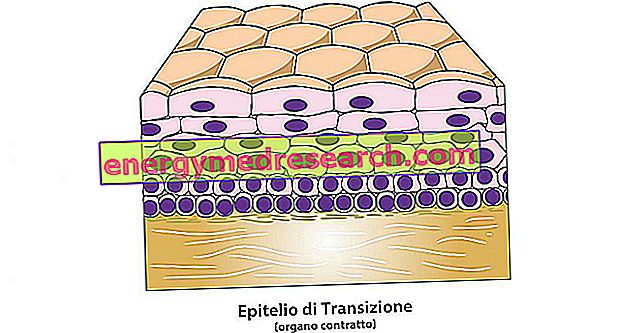What is the hysterectomy
Hysterectomy is the surgical procedure by which the uterus is removed.
Total or Partial?
There is talk of total hysterectomy when the intervention leads to the removal of the entire organ, and of partial or subtotal hysterectomy when the neck or cervix is preserved (tract that protrudes down into the vagina).

Extension to other organs
The hysterectomy can be extended to the ovaries, for example when it is necessary to remove them due to the presence of ovarian cysts, and to other contiguous anatomical structures, such as the uterine salpingi that connect the uterus to the ovaries (in this case the intervention it is called hysterosalpingectomy), the upper third of the vagina and the parametrio.
Consequences on Fertility and Sexuality
Hysterectomy forever compromises the possibility of having a pregnancy, while surgical menopause is inevitable only when surgery has also involved removing the ovaries.
In any case, the operation does not significantly affect either the desire or the sexual activity, even if the libido could be negatively influenced by the psychological implications of the intervention.
When is it necessary?
Hysterectomy is necessary only in the presence of important problems, for which the operating room is the safest and most effective solution; a malignant tumor (carcinoma) of the uterus, for example, but also a benign tumor (fibroma), if it causes severe bleeding or compressive phenomena at the lower part of the abdomen, triggering pains similar to a renal colic.
In addition to these primary indications, the intervention can also be performed to resolve a severe endometriosis (growth of uterine mucosa outside the uterus) or an excessive increase in menstrual flow (menorrhagia).
How is it performed?
The techniques used by the surgeon may be different. They range from the classic and more invasive open hysterectomy operation, in which a cut is made on the abdomen, to more innovative techniques, such as the vaginal one (stroke-hysterectomy) in which the uterus is "removed" from the vagina, and laparoscopy.
This last technique, which has positively revolutionized many operative interventions, involves the insertion of microstructures through small incisions, guaranteeing a rapid recovery after the operation.
Hormone Replacement Therapy
Surgical menopause induced before the natural one, increases the typical problems of this period of life.
For this reason, also considering the minor danger of side effects and the greater severity of the disorders associated with it, we often proceed with hormone replacement therapy.
By replacing the hormones produced by the ovary (estrogen), the risk of osteoporosis, cardiovascular disease and other minor problems is reduced. We must not forget that natural menopause is a slow and gradual process, which gives the body time to get used to hormonal changes and the loss of endocrine function in the ovaries. If menopause is surgically induced the organism more severely accuses this sudden endocrine shock.
For women who have undergone hysterectomy, HRT is generally based on estrogen alone, since the protective effect of progestins on the development of uterine endometrial cancer is not necessary.
If the hysterectomy is only partial (preserved ovaries) and performed at a young age, there is still a high risk of going against, with the passing of the years, a premature loss of ovarian function (early menopause), with consequent raising of the cardiovascular risk, osteoporotic and to accuse in a more severe way the typical disorders of this period (such as hot flushes).
Complications
Even if hysterectomy is, at least in most cases, a decisive intervention (tumoral forms, for example, remain for a long time in the cervicouterine area without spreading to other body regions), it is certainly not without important repercussions involving both physical, psychic, social and emotional sphere of the patient.
When the hysterectomy is total, the risk of vaginal prolapse increases, that is the danger that one or more pelvic structures, such as the bladder and the rectum, descend downwards, until they exit the vaginal introit. Finally, the psychological repercussions of the intervention should not be overlooked, often perceived as a loss of femininity, as well as of fertility.



